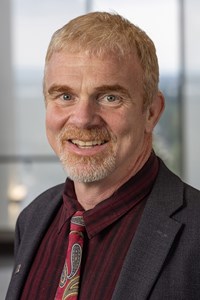
7/16 – Present University of Alaska Fairbanks Fairbanks, AK
Director, Institute of Northern Engineering
Director, Water and Environmental Research Center
Associate Dean, College of Engineering and Mines
Professor, Dept. of Civil and Environmental Engineering
1/15 – 6/16 University of Alaska Fairbanks Fairbanks, AK
Interim Director, Institute of Northern Engineering
8/13 – 6/16 University of Alaska Fairbanks Fairbanks, AK
Associate Professor, Dept. of Civil and Environmental Engineering
7/12 – 1/15 University of Alaska Fairbanks Fairbanks, AK
Associate Director, Institute of Northern Engineering
7/09 – 1/15 University of Alaska Fairbanks Fairbanks, AK
Director, Water & Environmental Research Center
Research Associate Professor
9/07 – 6/09 University of Alaska Fairbanks Fairbanks, AK
ResearchAssistant Professor
8/06 – 9/07 Golder Associates Inc. Duluth, MN
Senior Project Engineer
1/02 – 7/06 University of Alaska Anchorage Anchorage, AK
Assistant Professor
6/00 – 11/01 Ecolotree Incorporated North Liberty, IA
Project Engineer / Project Manager